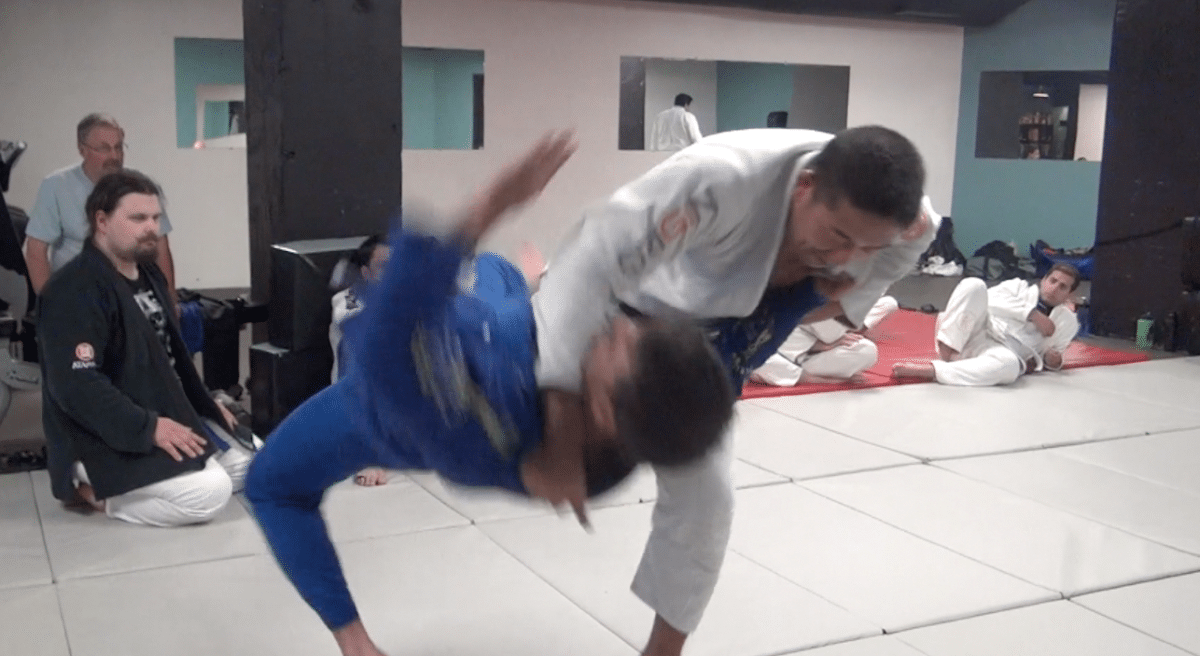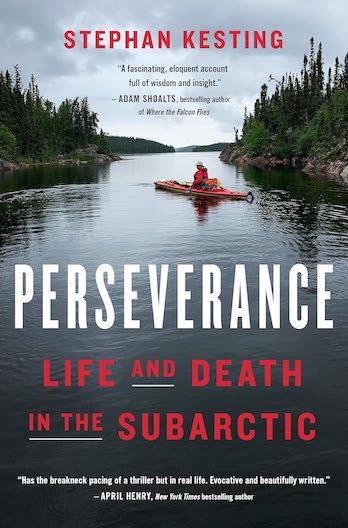
Training the chokes, locks, sweeps and throws of jiu-jitsu is an inherently dangerous activity, and for every dangerous activity there’s always a delicate balancing of risk and reward. You need to learn when to keep on pushing, and when to back off.
Never go 100% in training. And even in competition, you should always leave a little in reserve.
Sometimes it helps to have examples from other areas, which is why I want to quote from my book Perseverance, Life and Death in the Subarctic. about when it’s appropriate to really push yourself (hint: it’s NOT every time you step on the mats!).
Here’s an small section of my Arctic memoir where I’m discussing risk vs reward in adventure travel, but these ideas are actually quite relevant to jiu-jitsu training as well…
I recalled a conversation with a helicopter pilot years ago as he dropped me off on a survey project. I had asked him what the colors on his oil pressure gauge meant.
He pointed to the green area on the dial and said, “This zone is for my clients.”
Then he pointed to the yellow, “This zone is for if I get into trouble.”
Finally pointing at the red, he said, “And this is for the wife and kids.”
His job didn’t pay him enough to operate in the red zone, and he always wanted to leave a little in reserve just in case things went wrong. Given the extreme consequences of crashing a helicopter, he didn’t want to push the edge of the envelope daily.
Staying out of the red zone also applies to canoeing. When I was eighteen I befriended Gino Bergeron, an outdoorsman based in Quebec City who would go on long solo canoe and ski expeditions after every breakup in his tumultuous love life.
Our meeting was inspiring because it opened my eyes to the possibility that real people could do things like this on their own. If he could do it, then I could do it, too.
Gino gave me some of the best advice I ever received for solo traveling…
“You can go out into the bush by yourself, you can run whitewater by yourself, you can do hard things by yourself. But when you’re by yourself, the trick is always to stay a full level below what you know you can do. That way, you leave something in reserve for those life-and-death situations.”
His admonition sounds a bit like the helicopter pilot who wanted to keep the needle in the green, doesn’t it?
The time to push your limits is when you’re in fairly safe, controlled conditions where the challenge is high and the consequences of failure are low. Don’t go to your paddling limits in remote northern whitewater; instead, practice difficult maneuvers in easy whitewater on warm southern rivers with friends standing by to rescue you.
Pushing yourself to the edge of breaking is often considered brave, but the bravest guide who ever worked on Everest is dead. Similarly, the second bravest guide and the third bravest Everest guides are also dead.
Bravery and the ability to push past your limits are valuable when something has gone wrong, but you shouldn’t lead with it. In marginal situations, it’s always better to leave something in the tank.
This was an excerpt from my best-selling book, Perseverance, Life and Death in the Subarctic.



